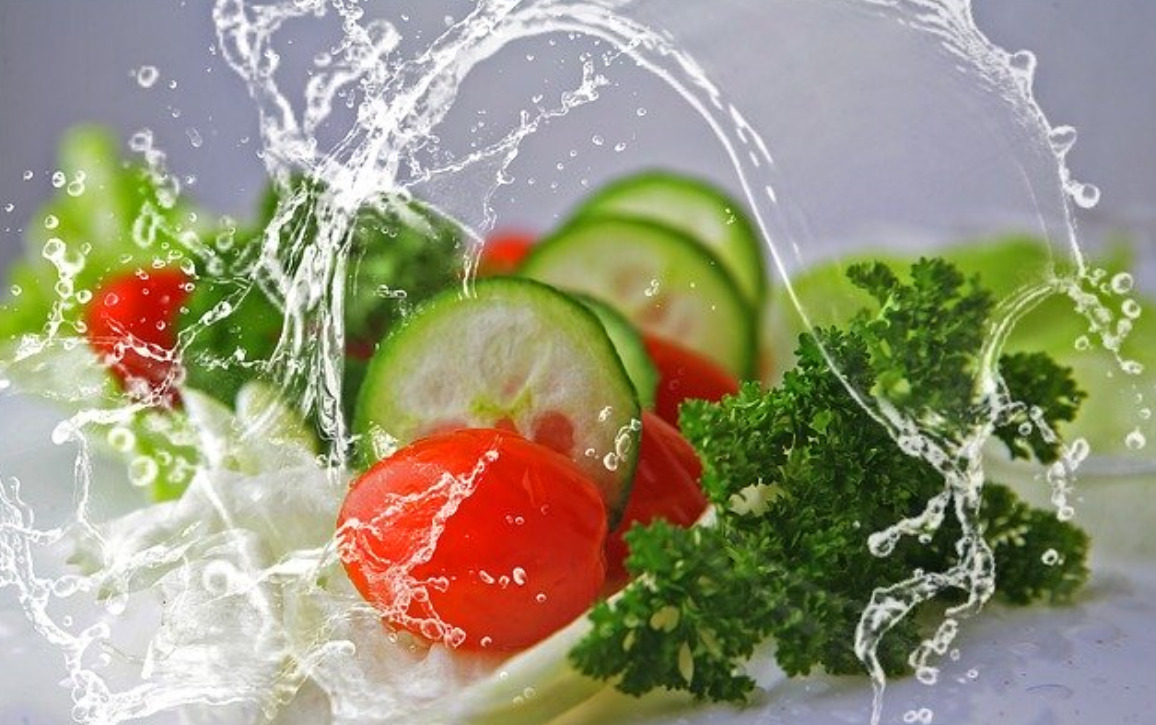
Coronavirus (COVID-19) spreads through respiratory droplets generated when you cough or sneeze and touching something with the virus on it, then touching your mouth, nose or eyes before washing your hands. Hence, there is a possibility that the virus can be transmitted via produce if a droplet via a COVID-19 symptomatic person remains on the produce.
Whatever the reason, it is always better to follow food safety practices including washing your hands before and after handling food, washing your fruits and vegetables before preparation, and regularly cleaning all surfaces that may come in contact with food.
Public Health Canada has provided detailed guidelines on the steps you can take to prevent COVID-19 via the Public Health Canada website.
How long does severe acute respiratory syndrome coronavirus 2 (SARS-CoV-2) live on surfaces:
SARS-CoV-2 is the virus that causes COVID-19. The NIH scientists from the National Institute of Allergy and Infectious Diseases (NIAID) found that severe acute respiratory syndrome coronavirus 2 (SARS-CoV-2) was detectable in
- aerosols for up to three hours
- up to four hours on copper
- up to 24 hours on cardboard
- up to two to three days on plastic and stainless steel.
Precautions to Take While Shopping:
- Follow 2m social distancing.
- Wipe down the handle of grocery carts and baskets.
- Touch the produce/items only if you plan to buy.
- Separate fresh fruits and vegetables from meat, poultry and seafood products in the shopping cart and bags.
- After grocery shopping, wash and clean your hands with soap and warm water for at least 20 seconds.
Clean the area where you want to sort your food.
- Sanitize countertops, cutting boards and utensils before and after preparing food. Use a kitchen sanitizer (following the directions on the container) or a bleach solution (5 ml household bleach to 750 ml of water), and rinse with water.
- Use paper towels to wipe kitchen surfaces, or change dishcloths daily to avoid the risk of cross-contamination and the spread of bacteria and avoid using sponges, as they are harder to keep bacteria-free.
- Wash your reusable grocery bags frequently.
Take each set of products and follow the applicable instructions below.
How to Clean Produce:
According to Public Health Canada:
- Cutaway any bruised or damaged areas on fruits and vegetables, since harmful bacteria can thrive in these areas. Be sure to clean your knife with hot water and soap before using it again.
- Wash fruits and vegetables thoroughly under fresh, cool, running water, even if you plan to peel them. This helps prevent the spread of any bacteria that may be present. (This is a general safety tip that may not always apply. For example, you do not need to wash a banana before peeling it.
- Use a clean produce brush to scrub items that have firm surfaces (e.g., oranges, melons, potatoes, carrots, etc.). It is not necessary to use produce cleansers to wash fresh fruits and vegetables.
- Ready-to-eat, bagged, pre-washed leafy greens do not need to be washed again before eating. However, pre-cut or pre-washed leafy greens sold in open bags or containers should be washed before eating.
- Use one cutting board for produce, and a separate one for raw meat, poultry, fish and seafood.
- Place peeled or cut fruits and vegetables on/into a separate clean plate or container to prevent them from becoming cross-contaminated.
To stay up to date with the latest guidelines (as it is evolving continuously), please visit Public Health Canada.